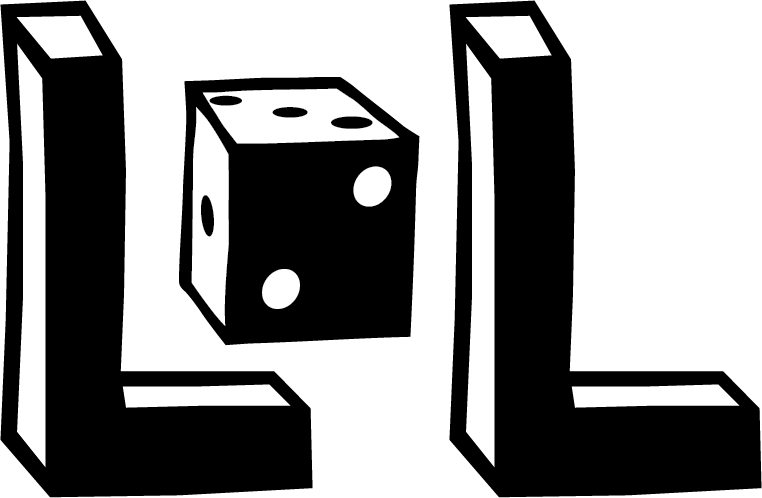Codenames stimulates creativity, associative thinking, and communication skills, making it an excellent game both for entertainment and for language training, particularly for vocabulary expansion and understanding relationships between words. In an educational context, it can be used to strengthen language skills, encourage discussion and argumentation, and improve group communication.
It is possible to choose for the lessons from: Codenames, Codenames Pictures and Codenames XXL (with large cards to not exclude anyone).
Adaptation to the educational context:
It is particularly useful in foreign language classes because it helps:
Vocabulary development – Students learn new words in a playful context and are incentivised to remember meanings to win.
Semantic associations – The game requires creating connections between words, strengthening the understanding of semantic relationships in the target language.
Active communication – Players must express themselves in the language they are learning, thus practicing active use of the language.
Motivation – The competitive and fun element increases motivation and reduces the anxiety that often accompanies language learning.
Thinking in a foreign language – To play effectively, students must begin to “think” in the language they are learning rather than continuously translating.
Tips for adapting the game to the class level and lesson needs:
– Create custom cards appropriate to the students’ level
– In the rules, specify that all discussions between players must take place in the language they are learning. To help them follow this rule, penalties can be invented: for example, if a team speaks in a language other than the one being studied, the opposing team’s spymaster can reveal one of their own words, thus facilitating the victory of their team.
– If necessary, change the rules; for example, instead of a word, it’s possible to say a phrase.
– Proceed step by step. Initially teach the game using simple words and do a trial of the game with these words. Then, use the words that are needed.
– At the end of each game, ask the teams to create a story (written or oral) using the words of the team agents. If necessary, indicate the time in which to tell the story or add other instructions based on the grammar studied.
Examples of use in CLIL and other subjects:
The added value of using Codenames is that students:
- Learn specific vocabulary of the discipline
- Strengthen theoretical connections between content
- Use the foreign language in an authentic and motivating context
- Develop critical thinking and categorisation skills
Science
Periodic table
– Cards with chemical elements (for example: OXYGEN, IRON, HYDROGEN, COPPER, NITROGEN, SODIUM, CARBON, SILVER, CHLORINE, HELIUM, CALCIUM, MERCURY, PHOSPHORUS, GOLD, ALUMINUM, SOLID, LIQUID, GAS, ATOM, ACID, REACTION, ORGANIC, NEUTRON)
– Spymaster gives clues related to chemical properties, groups, or applications
– Examples of clues: “METAL 3” to connect IRON, COPPER and ALUMINUM
“STATE 3” to connect SOLID, LIQUID and GAS
Terms such as SOLID, LIQUID, GAS, ATOM, ELECTRON could also be included
Art
– Cards with artists, techniques or styles (for example: TURNER, IMPRESSIONISM, WATERCOLOR, BANKSY, RENAISSANCE, ABSTRACT, PORTRAIT, PERSPECTIVE, WARHOL, CUBISM)
– Examples of clues: “BRITISH 2” to connect TURNER and BANKSY
“TECHNIQUE 2” to connect PORTRAIT and WATERCOLOR
History
– Cards with historical events and names of characters (for example: CHURCHILL, INDUSTRIAL REVOLUTION, VICTORIAN ERA, COLONY, DEMOCRACY, TUDOR, CIVIL WAR, PARLIAMENT, MARTIN LUTHER KING, DECLARATION OF INDEPENDENCE, WORLD WAR, WASHINGTON, SUFFRAGETTES, ROOSEVELT, COLD WAR)
– Example of clue: “FREEDOM 2” could connect DECLARATION OF INDEPENDENCE and SUFFRAGETTES
Geography
– Cards with countries, capitals, geographical places (for example: BRITAIN, EVEREST, GRAND CANYON, LONDON, MISSISSIPPI, DESERT, NEW YORK, EQUATOR, ROCKIES, THAMES)
– Example of clue: “RIVERS 2” to connect MISSISSIPPI and THAMES
Literature
– Cards with writers, styles or book characters (for example: DICKENS, NOVEL, HAMLET, SHAKESPEARE, GATSBY, JANE EYRE, PROLOGUE, AUSTEN, TRAGEDY, HEMINGWAY, TO KILL A MOCKINGBIRD)
– Examples of clues: “CLASSIC AUTHORS 3” to connect SHAKESPEARE, DICKENS and AUSTEN
Online resources
On the website http://codenames.game you can create online games with the vocabulary you need.

